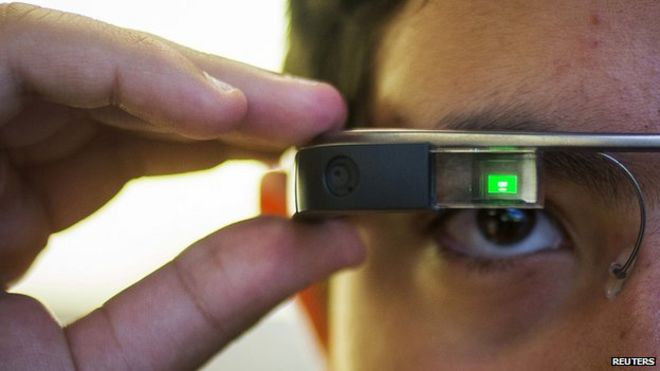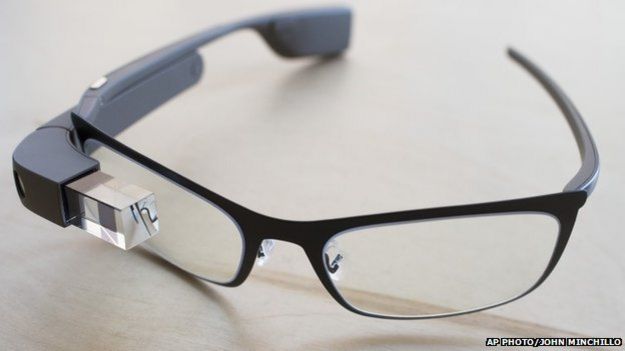FCC Disability Advisory Committee forming
To Everyone,
The FCC is forming a Disability Advisory Committee. The Committee will
"provide advice and recommendations to the Commission on a wide array of
disability matters."
Mary Lamielle, the Executive Director of the National Center for
Environmental Health Strategies, has applied to be on the committee to
represent the interests of people with environmental disabilities. She
has been an advocate for people with chemical and electrical
sensitivities for over thirty years.
If you live in the U.S., letters in support of her nomination may be
helpful. If you write a letter, say who you are (e.g., you are a person
with a disability, or you represent an organization), why our issues are
important and need to be included in the makeup of the advisory
committee, and that you support Mary's appointment to the committee. Any
letters should be sent quickly.
I am attaching Mary's letter of application to the committee.
Any letters in support of Mary's nomination should be emailed to:
<DAC@fcc.gov>, and cc to: Elaine Gardner <Elaine.Gardner@fcc.gov>.
Arthur
National Center for
Environmental Health Strategies, Inc.
1100 Rural Avenue
Voorhees, New Jersey
08043
(856)429-5358;
(856)816-8820
January 12, 2015
Elaine Gardner, Designated Federal Officer
Disability Advisory Committee
Federal Communications Commission
445 12th Street, S.W.
Washington, DC 20554
RE: DA14-1737
Nomination to the FCC Disability Advisory Committee (DAC)
Nominee:
Mary Lamielle, Executive Director
National Center for Environmental Health Strategies, Inc.
1100 Rural Avenue
Voorhees, New Jersey 08043
(856)429-5358; (856)816-8820
Dear Ms. Gardner:
I am seeking appointment to the Federal Communications
Commission Disability Advisory Committee.
In response to the announcement, I believe that I would make
best use of my knowledge and expertise and serve the interests of the
Disability Advisory Committee and our constituency through appointment to the
subcommittee on access to communications services and equipment. I am not a lobbyist.
I am founder and executive director of the National Center
for Environmental Health Strategies (NCEHS), a national, nonprofit, tax-exempt
organization focused on solutions to environmental health problems. For over
thirty years I have worked to protect the public health and improve the lives
of children and adults injured or disabled by chemical and environmental
exposures through education, policy development, research, and advocacy. I have
worked to improve indoor environmental quality, to eliminate hazardous
exposures, to promote safer alternatives, and to address the health, medical,
and disability access needs of affected populations. I have multiple
disabilities.
I have served on dozens of federal, state, and local
advisory committees and panels. I am presently a member of the National
Institute of Environmental Health Sciences’ Partners (formerly Public Interest
Partners) and HUD’s Disability Task Force.
I am also a member of an NIH Health in Buildings Roundtable. Last month
I was co-presenter on a webinar sponsored by the National ADA Network entitled
“Accommodating Persons with Environmental Sensitivities: Challenges and
Solutions” wherein I discussed some of the workplace modifications and
assistive technology associated with accommodating persons with chemical and/or
electrical sensitivities, particularly in the workplace.(
www.ada-audio.org).
I recently concluded work on the multi-year CDC National
Conversation on Public Health and Chemical Exposures where I served on the
Education and Communications Workgroup and a Task Group under the Scientific
Understanding Workgroup.
I served on the Access Board’s Emergency Transportable
Housing Federal Advisory Committee. I was also an appointee to an EPA Lawn Care
Pesticides Advisory Committee and a member of an EPA Pesticide Program Dialogue
Committee (PPDC) Inerts Disclosure Stakeholder Workgroup. I was an alternate to
the EPA Children’s Health Protection Advisory Committee.
I’ve worked with FEMA and in New Jersey with the New Jersey
Group for Access and Integration Needs in Emergencies and Disasters (New Jersey
GAINED). I have been invited by New Jersey GAINED to prepare two fact sheets
that separately address the disability access needs for people with chemical
and electrical sensitivities for the New Jersey Office of Emergency Management.
I have written extensively and presented hundreds of workshops
on topics including indoor environmental quality, healthy homes and buildings,
pesticides, emergency preparedness, and disability access for those impacted by
chemical and electrical sensitivities or intolerances.
I am the recipient of numerous honors including most
recently the 2012 Camden County, New Jersey Martin Luther King Freedom
Medal; the 2011 New Jersey Governor’s
Jefferson Award for Public Service “PSEG Environmental Stewardship” Award; and
a 2010 U. S. EPA Region 2 Environmental Quality Award.
As I’ve indicated, I have extensive experience working on
government panels and committees, including federal advisory committees,
representing a broad range of stakeholders. My voice is important to the
Federal Communication Commission’s Disability Advisory Committee because, I
suspect, without it, your advisory committee would have no one representing the
adults and children adversely impacted by exposure to communications equipment
and devices and by the electromagnetic radiation generated by such equipment
and devices. When it comes to those disabled by chemical and electrical
sensitivities, it’s been said that “you don’t get it ‘til you get it.” Only a
person who has experienced significant injury and severe intolerances to
everyday exposures can truly understand or represent the interests of this
community.
Numerous prevalence surveys have indicated that nearly
one-third of the US population reports reactions to everyday exposures from
pesticides to carpeting and adhesives; cleaning agents to fragrances and
fragranced products. Meanwhile 16 % report “unusual sensitivities” to everyday
exposures and up to 6 % are chronically ill and disabled from everyday
exposures including contact with materials and outgassing from
telecommunications equipment and devices from computers to cell phones, smart
phones and other items that can make it a challenge or an impossibility for
someone with chemical sensitivities to use such products for communications or
to be in their vicinity.
Meanwhile, 3% of Californians report reactions to
electromagnetic radiation according to a 2002
study by P. Levallois, et al., “Study
of self-reported hypersensitivity to electromagnetic fields in California”
published in Environmental Health Perspectives. European surveys have reportedly found a range
of 3-5% of Europeans reporting disabling electromagnetic hypersensitivity
(EHS).
The FCC Announcement notes an interest in providing a
vehicle for consumers and stakeholders to provide feedback and recommendations
to the Commission on a wide array of disability issues within the FCC’s
jurisdiction. The Committee will aid the Commission’s effective implementation
of disability protections and development of accessibility solutions. It is
expected to keep the Commission apprised of current and evolving communications
issues for persons with disabilities and to address new disability and accessibility
issues as they arise.
I suspect that people disabled with chemical and/ or
electrical sensitivities would all applaud such goals. Many, perhaps most of
us, have chronic problems tolerating communications equipment and devices. They
frequently don’t make life easier but add further health burdens. And, for those with electrical sensitivities
there’s no place left to hide. Avoidance of electromagnetic radiation is
critical to function. Not only does this eliminate the likelihood of employment
in most conventional workplaces, but increasingly it means that one cannot
participate in any aspect of the community at large—work, school, places of
worship, healthcare, hospitals, and similar public and commercial facilities, and
even frequently in one’s home. Exposure to electromagnetic radiation from cell
phones, smart phones, cordless phones, Wi-Fi, Wi-Fi Routers are all pervasive
and a constant threat and challenge to these individuals. These are populations
who must have hardwired internet access and hard wired telephone access. They
will not have telephone access in a world that eliminates copper wiring and
provides a cellular option only.
It’s important that the FCC understand these populations and
work toward ways to provide equipment and services that minimize
electromagnetic pollution; to hard wire public and commercial facilities and
construct barriers that protect the public from electromagnetic radiation in
the workplace, schools, healthcare facilities, and hospitals so that people
disabled by electromagnetic hypersensitivity can nevertheless use such services
with minimal risk to health and functionability. I suspect that some of these
disability access needs intersect with the needs of seniors and children who
also require maximum care to protect health and wellbeing.
Thank you for your consideration. If you need additional
information, please contact me at (856)429-5358 or (856)816-8820.
Sincerely,
Mary Lamielle, Executive Director
National Center for Environmental Health Strategies, Inc.









